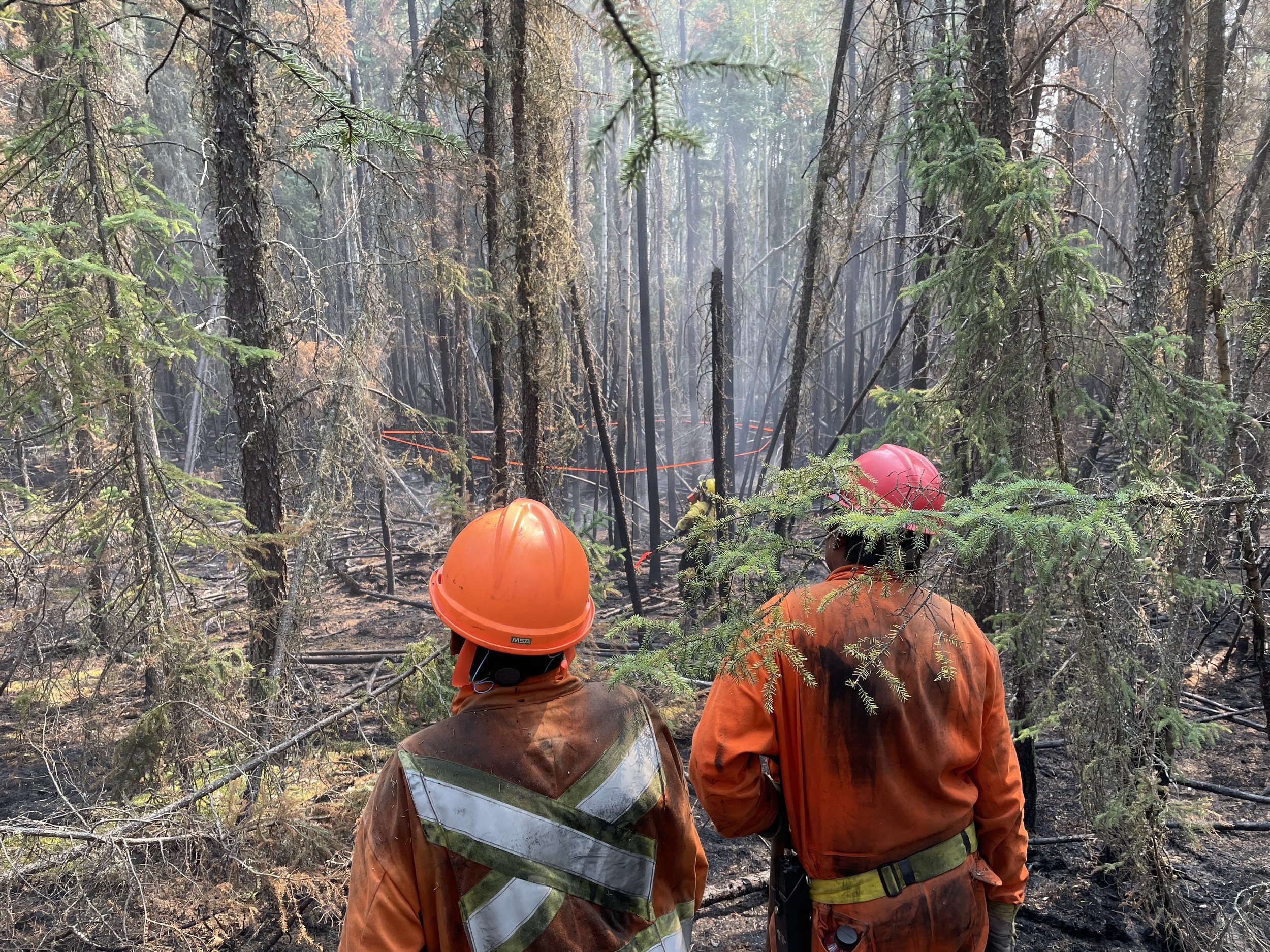The Role of First Nations Guardians in Wildfire Response & Management
Every year, wildfires erupt in Canada’s vast forests. Often driven by lightning or increased industrial activity, these fires can consume many millions of hectares of boreal and other forests annually.
On average, overall area burned is increasing in Canada, especially in the western and northern parts of the country. Most scientists attribute this to climate change, which is affecting ecosystems across the country. The combined effects – of fire, melting permafrost, changing habitat, invasive species, extreme weather events, and unseasonably warmer temperatures with variable precipitation – are profound and disturbing.
These impacts are made worse as development expands into fire-prone areas, where decades of fire suppression has resulted in significant fuel loading across the country. Crown governments and their institutions cannot react quickly enough to fully meet the challenges, particularly in sparsely populated,largely Indigenous, areas of Canada.
In the face of a rapidly changing climate and declining biodiversity, Indigenous-led conservation and stewardship offer hope for the future and powerful models for addressing both environmental challenges and reconciliation. Guardians lie at the heart of this approach; they are trained experts working on key environmental, economic, cultural, and social priorities identified by their Nations and driven by the obligation to the land itself.
The strategy, developed by the Indigenous Leadership Initiative, as part of a joint project with the Centre for Northern Conservation, International Boreal Conservation Campaign, and the McCall MacBain Foundation, is offered as a draft for discussion with Guardians, First Nations, fire agencies, and others, including researchers and philanthropists. Further dialogue and early efforts on the ground will help to refine it.



